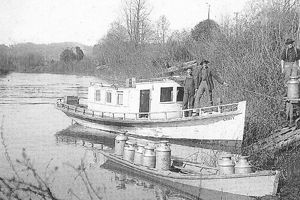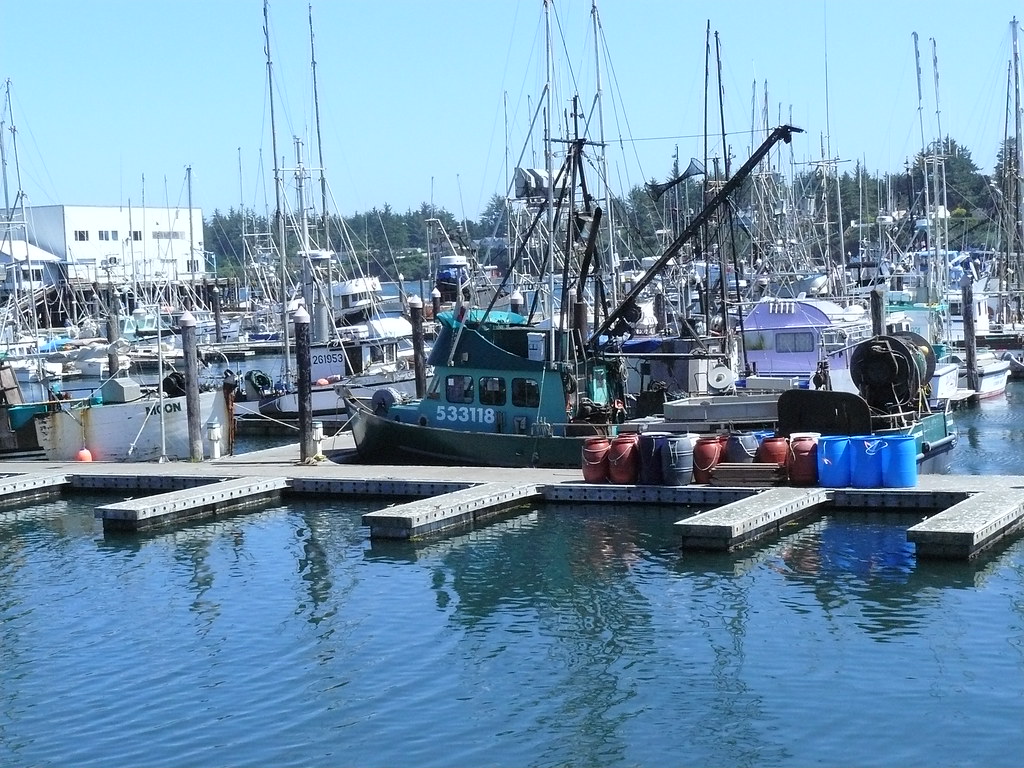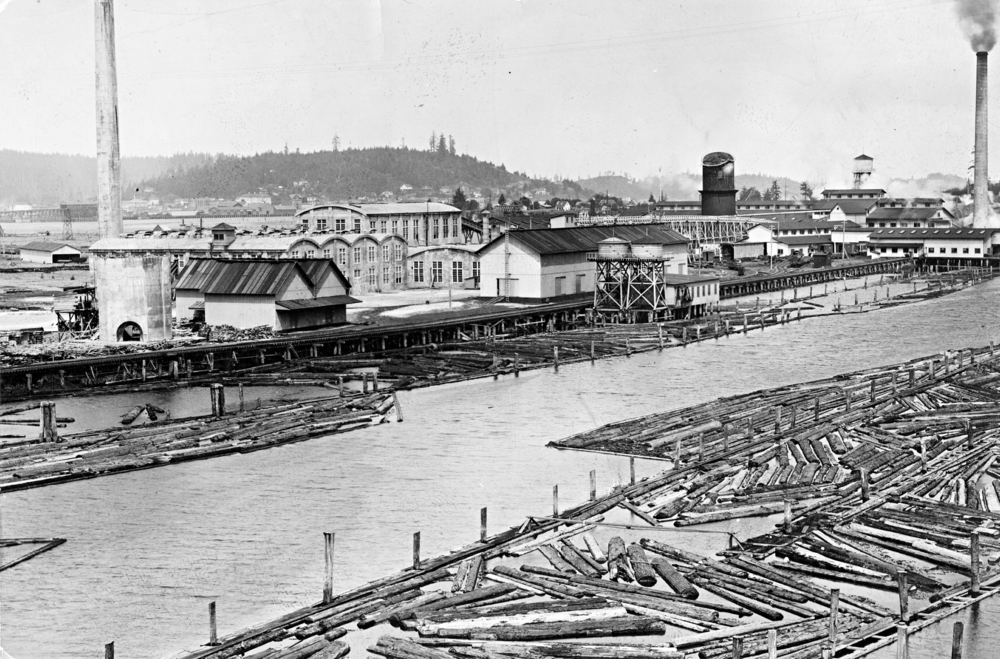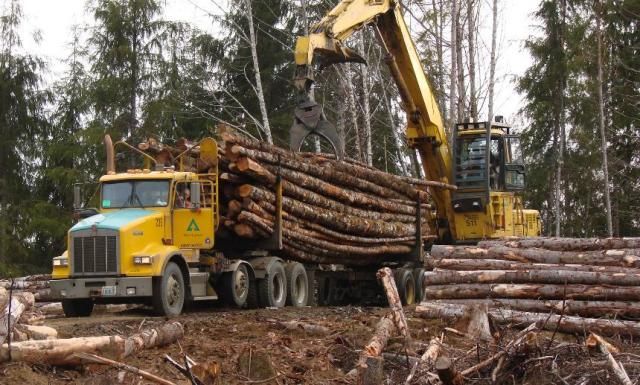AGRICULTURE
Coos County has about 675 farms, comprising about 16% of the total area of the county. More than 10,911 acres are irrigated, and average farm size is 242 acres. The growing season averages 200 days along the coast and in the river valleys. Although the low temperature rarely drops below 35 degrees (F), the average last frost date in spring is March 30 and the average first frost date in the fall is October 30.
The county ranks first in Oregon in cranberry production, with about 1,654 acres harvested in 1999. Oregon consistently produces the best colored (red pigment) cranberries in North America. The farms also provide a market for beekeepers, who rent hives for pollination purposes. Recently, cranberry prices have declined due to an oversupply of cranberries caused by market forces outside Oregon.
Sheep production in Coos County includes 17,000 head of sheep, including 11,000 breeding ewes in 1999. Wool from the predominantly Romney breed ewe flock is known for its quality and high yielding characteristics. The county is ranked ninth in dairy production, with 3,000 head of dairy cattle on 22 farms. Most local production is utilized as fluid milk in a local ice cream base plant and a cheese factory. Some milk is shipped to a processor in the Willamette Valley. Other livestock production includes 2,000 head of beef cattle.


Milk delivery down the Coquille River in 1909. Photo taken from “The Dairy Industry

Joe’s Coos River Dairy
The 1999 estimated gross farm and ranch sales total for Coos County was $36 million. Crops, including small woodlots, comprised $19.5 million of this amount, and all animal products were $16.5 million. Based on sales, the top five commodities in Coos County are farm forest products, dairy products, cranberries, cattle and miscellaneous specialty crops.
Source: Coos County Office, Oregon State University Extension Service
COMMERCIAL FISHERIES
In 2001 over 32.1 million pounds of seafood, valued at nearly $18 million dollars was landed. Over the years these values will fluctuate due to environmental constraints and management policies. Most of the seafood products from the south coast are either sold fresh or frozen in the California, Midwest, and East Coast markets or are exported to Europe and Japan. Not only do the landings add dollars to the local economy, but also the majority of the processing of seafood is done along the southern coast. This, combined with the service industry in marine repair, fabrication and other services, expands the contribution of the seafood industry to the economic well-being of the area.
During the last five years landings and values have remained quite steady in Coos County but have fallen slightly in Curry County, although the contributions of various species has changed. In 1997 groundfish contributed 66% of the poundage and 62% of the value in Coos County, but by 2001 groundfish had dropped to 18% of the poundage and 36% of the value. Chinook Salmon contributed to nearly 10% of the value in 2001. Dungeness, shrimp and albacore landings have remained stable during this time.
A number of fishermen from the south coast fish in Alaska fisheries. In 2000, those fisheries generated an extra $4.6 million to the economy of the two counties. Commercial fisheries are an important part of the coastal economy, generating wealth for the communities, a large volume of seafood products for world trade, and an industry that relies on numerous small businesses.
Source: Coos County Office, Oregon State University Extension Service.

FORESTRY/WOOD PRODUCTS
Lush and productive forests dominate much of the Coos County landscape, providing many of the amenities and products important to society. The mild temperatures and plentiful rainfall of the coast range make native forests grow rapidly on the mid to higher slopes. There are approximately 610,000 acres of non-federal forest lands in Coos County, with 16% owned by Coos County and the State of Oregon, 23% owned by small woodland owners, and the remaining 61% owned by wood products corporations.
The value of timber harvested from non-federal lands as it leaves the Coos County forests reaches $209 million. Production facilities in the Bay Area include a containerboard mill which utilizes 100% recycled materials. Another $1.5 million comes from the harvest of floral greenery and forest seedling nurseries annually.
Approximately 1,390 Coos County residents are employed in the lumber and wood products industry.
Source: Coos County Office, Oregon State University Cooperative Extension Service; Oregon Employment Department

Hauling logs in Coos County circa 1925.

Smith Mill at Marshfield largest mill in the county


TOURISM
Tourism ranks as an increasingly important segment of the Bay Area’s economy. In addition to the many cultural and recreational attractions and events, area motels, restaurants and other businesses benefit from a variety of conferences, conventions and other meetings which are held in the community annually. New facilities, attractions, recreational activities and beautification projects are in the planning stages to make the area even more attractive to new and returning visitors.
Visitors spend more than $258 million dollars in Coos County, supporting more than 3300 jobs.








